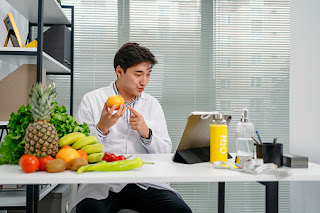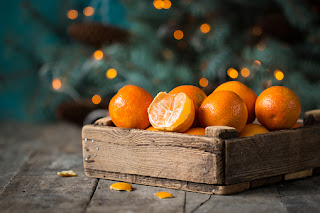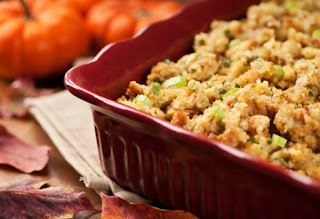FOCUSING IN ON HEALTH
Getting healthier is an almost universal New Year's resolution that can be aspired to anytime, Omicron variant or not. While our physical health is vitally important, our mental health too needs some extra TLC during these unchartered times. Here at Florida Fruit Shippers, we are committed to bolstering your health journey with the support of citrus. Yes, citrus has been proven to have quantifiable positive effects not only through its better-known immunity-enhancing qualities, but also on your mental health. Let's examine some of the ways that oranges and other citrus foods can be your all-inclusive health ally during challenging times.
FOLLOW YOUR GUT
Citrus is water-rich, and getting adequate water intake is critical in keeping those cells hydrated and resilient. The water contained in a single orange is enough to satisfy half a cup towards your daily water intake. More hydration means better cognitive function and better flushing of toxins out of your system, making you feel better both mentally and physically. Want even more water out of your citrus? Drink freshly squeezed orange and grapefruit juices and watch your cognitive function soar; the flavonoids in citrus juices can enhance blood flow to the brain.
Oranges and grapefruits of all varieties are also full of good fiber; a single piece of citrus can provide over twelve percent of your daily recommended fiber intake. Fiber keeps your gut healthy; this not only assists in keeping you regular, but also helps to regulate your blood sugar levels and contribute to better sleep. Another bonus of the high fiber content in citrus is that it makes you feel fuller longer, thereby contributing to weight management. These physical benefits also do a great service to your mood, and here's a little-known bonus: our guts contain a large number of neurons, second only to the brain. Happy nerves make better moods.
ANTIOXIDANTS AS ANTIDEPRESSANTS
Many health-conscious foodies are aware that oranges are superheroes in the antioxidant department. Known as flavonoids, the antioxidants in oranges are well-known to combat oxidative stress, fight cancer, and have antibiotic anti-inflammatory properties. In the good mood department, The American Journal of Clinical Nutrition reported that flavonoids have also been shown to help combat depression. Flavonoids are plentiful in the bright, orange-colored rind, or zest. For maximum health benefits, it is recommended that you consume one tablespoon of zest per week.
TAKE A DEEP BREATH
Feeling blue? Get orange! The mere smell of citrus fruits has long been known to have a positive, uplifting effect on the mood. By their very essence, a simple orange or grapefruit is a natural aromatherapy tool, with no fancy equipment or expensive products needed. Just sniffing the outside of an orange or grapefruit might do the trick. To intensify the experience, scrape or pierce the rind to release the essential oil aromas, close your eyes, and inhale deeply. Most people describe the effect of citrus aromatherapy as equally uplifting and anxiety-easing. Best of all, there are no side effects or contraindications.
Wishing you a healthy, happy 2022, both inside and out.
Sources:
7 Health Benefits of Oranges, According to a Nutritionist | Health.com
Why Citrus Fruits Induce a Feeling of Calm - Grace & Lightness Magazine (graceandlightness.com)


















































